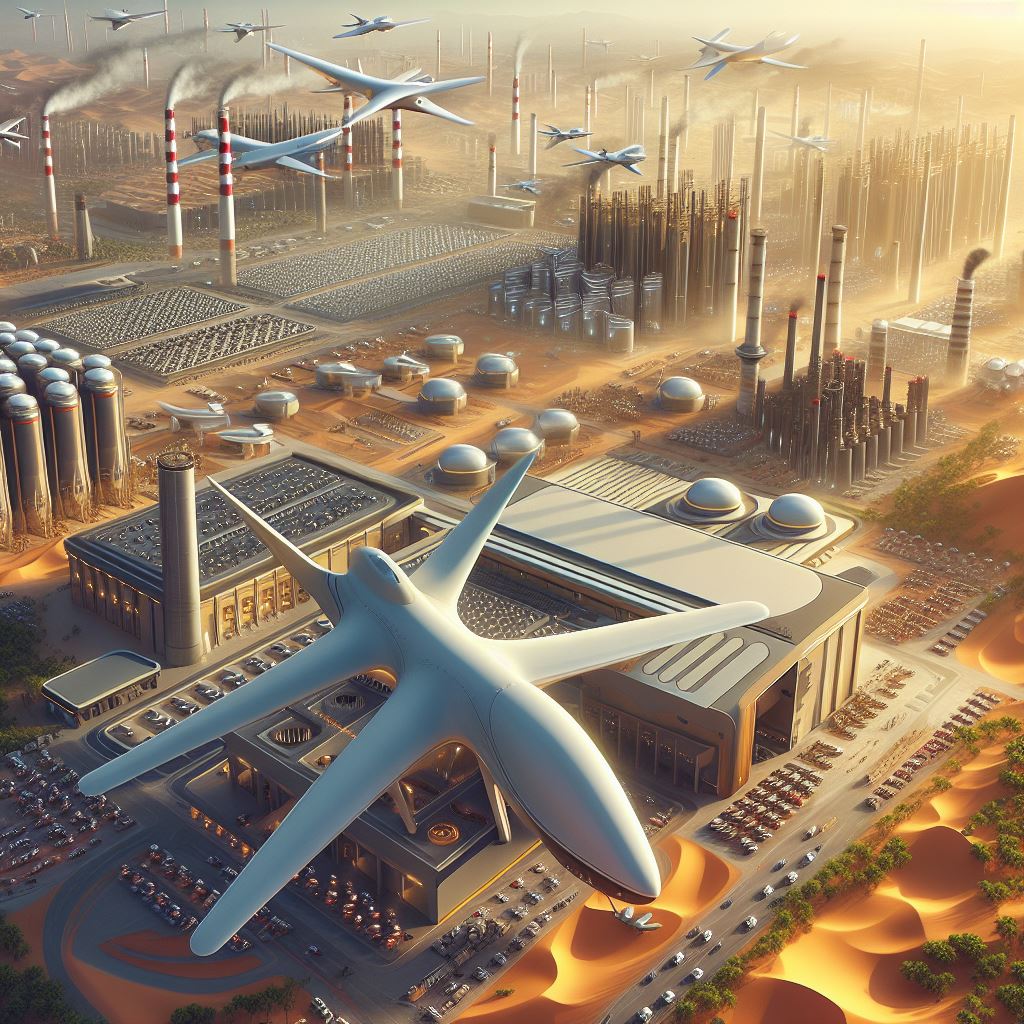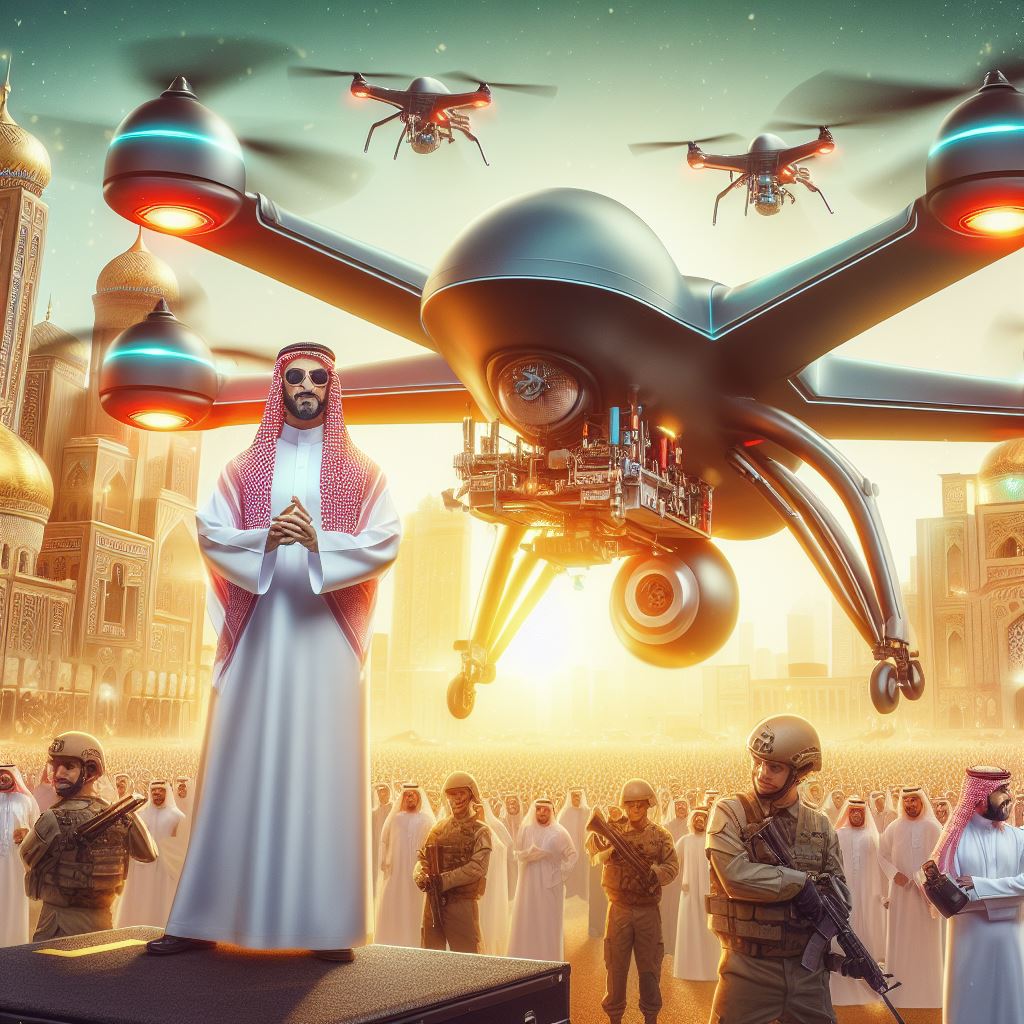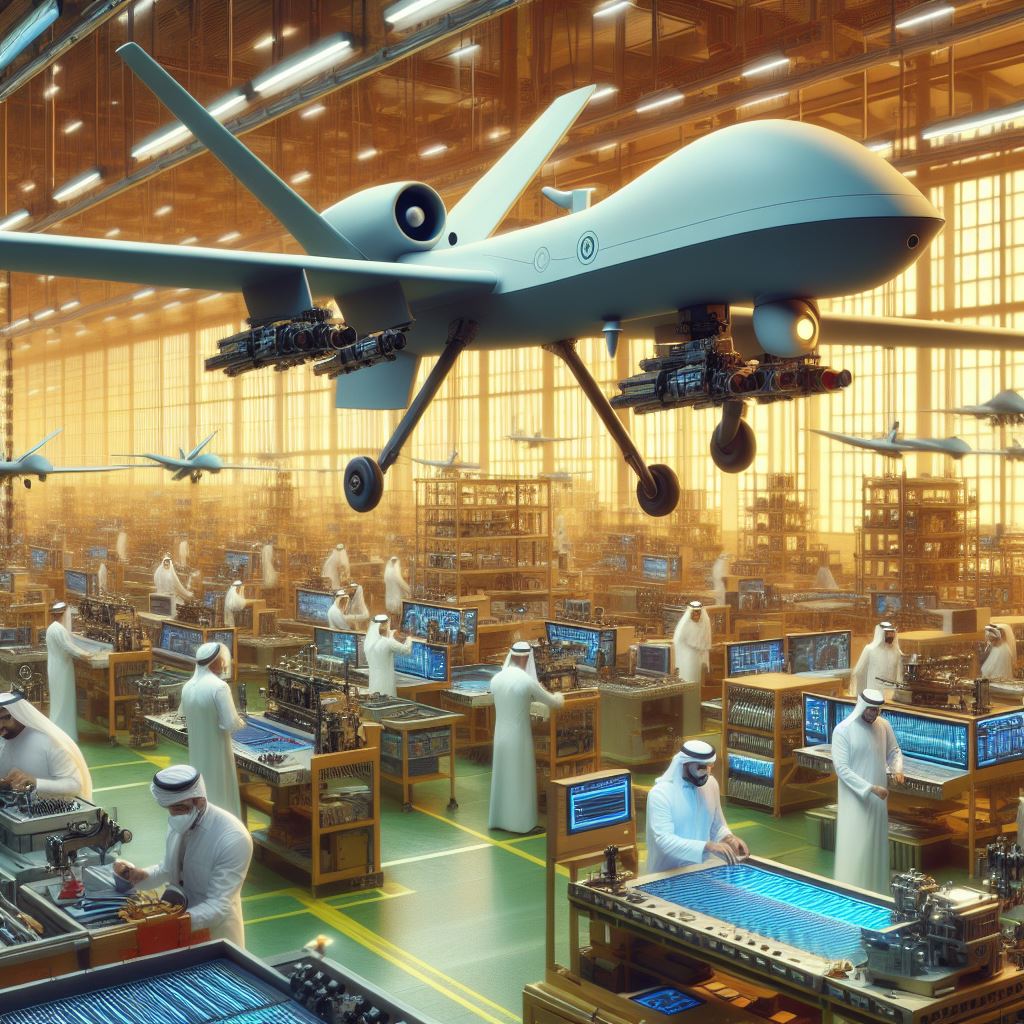伊朗的軍事力量如何?
伊朗的軍事力量在中東地區被認為是相當強大的。儘管他的軍事實力受到國際制裁和其他因素的影響,但該國仍擁有一支龐大而多樣化的軍隊,包括陸軍、海軍和空軍,以及其他安全力量,如伊朗伊斯蘭革命衛隊。伊朗的軍事力量主要是為保護該國的主權和利益,並在地區事務中發揮影響力。伊朗的軍事戰略也包括發展導彈和飛機等現代化武器系統,以及在地區進行軍事演習和訓練以提高作戰能力。此外,伊朗還在一些地區支持親伊朗的地方勢力,進一步加強其在中東地區的影響力。
然而,評估一個國家的軍事實力需要考慮多個因素,包括其軍事預算、技術水平、裝備狀況、人員素質以及地緣政治和戰略環境等。因此,雖然伊朗的軍事力量被視為相當強大,但它也面臨著一些內外挑戰,並且無法與一些全球超級大國的軍事實力相提並論。伊朗主要透過無人機和射程超過1000公里的導彈在中東地區擁有主導地位。這次俄烏戰爭已展示伊朗無人機的實力,但這些舉動也激怒被攻擊的烏克蘭,導致其直接宣布與伊朗斷交。長期以來,伊朗在石油禁運的情況下國內經濟表現不佳,工業基礎相當薄弱。因此,在沒有無人機的開發技術下,伊朗開始設局擊落美國先進的偵察機,如死神、捕食者和哨兵等無人機,並進行逆向研發。
在俄烏戰爭中密集出現的是小摩托見證者,相當於一枚導彈。它不需要遙控,並且技術含量不高,只需設定好目標後透過美國的GPS定位發射。如果GPS被關閉或受到電子戰機的干擾,見證者就會墜落。儘管這次的衝突中伊朗發射大量的見證者,但大部分都被以色列的鐵穹系統攔截。不過,見證者的造價僅為1到2萬美元,而鐵穹防空導彈的價格卻高達5萬美元。
Iran's military power is considered significant in the Middle East region. Despite its military strength being impacted by international sanctions and other factors, the country possesses a large and diverse military force, including army, navy, and air force, as well as other security forces like the Islamic Revolutionary Guard Corps. Iran's military power primarily aims to protect its sovereignty and interests and exert influence in regional affairs.
Iran's military strategy also involves the development of modern weapon systems such as missiles and aircraft, as well as conducting military exercises and training to enhance its combat capabilities in the region. Additionally, Iran supports pro-Iranian local forces in some areas, further strengthening its influence in the Middle East region.
However, assessing a country's military power requires considering multiple factors, including its military budget, technological level, equipment status, personnel quality, as well as geopolitical and strategic environment. Therefore, while Iran's military power is regarded as significant, it also faces internal and external challenges and cannot be compared with the military strength of some global superpowers.
Iran primarily dominates the Middle East region through unmanned aerial vehicles (UAVs) and missiles with a range exceeding 1000 kilometers. The recent Russia-Ukraine conflict has demonstrated Iran's UAV capabilities, although these actions have also angered Ukraine, leading to its direct announcement of cutting ties with Iran. For a long time, Iran's domestic economy has performed poorly due to oil sanctions, and its industrial infrastructure is relatively weak. Therefore, lacking UAV development technology, Iran began setting up to shoot down advanced US reconnaissance drones like the MQ-9 Reaper, MQ-1 Predator, and RQ-170 Sentinel, and reverse-engineered them.
Intensively appearing during the Russia-Ukraine conflict was the Mohajer-6, equivalent to a missile. It does not require remote control and has a low level of technical complexity, only needing to set the target and launch through the US GPS positioning. If GPS is turned off or interfered with by electronic warfare aircraft, the witness will crash. Despite Iran launching a large number of Mohajer-6, they were intercepted by Israel's Iron Dome system. However, the cost of a Mohajer-6 is only $10,000 to $20,000 USD, while the price of an Iron Dome anti-aircraft missile is as high as $50,000 USD.



照片:DALLE3
- 1
- 2
- 3
- 4
